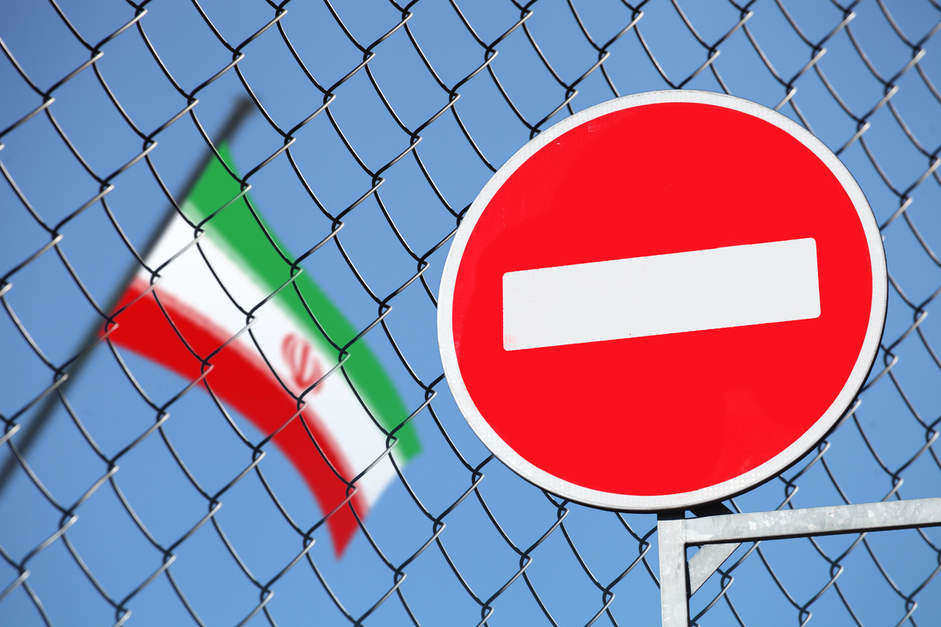“The toughest sanctions ever put in place on the Islamic Republic” is how Mike Pompeo, the U.S. Secretary of State, described the economic blockade of Iran, especially the oil exports that the country relies on to keep its reserves of foreign currency replenished. Having built up over several months, the sanctions took effect at the beginning of November. However, many countries that imported oil from Iran, including Japan and South Korea, had already wound their imports from Iran down to zero by then.
The effect of the sanctions on global oil prices were predictable: they drove prices up. With Iran’s global exports of 2.8 million barrels of oil taken off the market, traders expected to see considerable pressure on world oil supplies. Demand for oil has not eased significantly, and, as expected, prices rose as soon as sanctions were announced — to over $85 a barrel in October. Yet November prices dropped to about $73 a barrel on the Brent International Benchmark.
The U.S. Announces Waivers for Eight Countries
In early November, President Trump announced that eight countries, including import majors such as China and India, would be granted sanction waivers to continue to import oil from Iran. The reason, however, had nothing to do with making it easier for those countries to keep their import bills at reasonable levels. Instead, President Trump said, as he expanded on his waiver plan, the aim was to help lower the risk of avoidable jolts or shocks to international oil markets. With a million barrels or so placed back on the market for a period of at least six months, prices wouldn’t jump too sharply. Instead, they would rise at a gentler pace.
Whichever way one sees it, however, taking millions of barrels of oil off the market can only introduce shortages and raise prices.
Several Oil Exporters Have Been Raising Output
According to White House National Security Adviser John Bolton, the aim of the sanctions has always been to take Iran’s exports down to zero. The U.S. plans to squeeze Iran hard. These waivers are merely intended to give other oil-exporting nations time to ramp up production. Predictably, this is just what they have been doing. Production from Russia and Saudi Arabia was up by 10 million barrels in October compared to production levels in 2010.
U.S. Oil Output Has Risen to Record Levels
American oil drillers have been raising production levels for months now, as well, with output in November hitting 11 million barrels a day. The rise in production did cause prices to drop marginally. U.S. crude futures were down 0.4% in November. Yet the drop has been minimal. With production rising to levels never seen before, the industry has been at its most profitable in its history.
According to Sigma Drilling Technologies, a major producer of high-tech drilling rig equipment such as suction stabilizer products and other pulsation solutions, oil drillers need to focus on maintaining high maintenance standards at this time. With production screaming at very high levels, downtime is likely to be very costly. Preventive maintenance is more important than it has ever been, and investing in it is likely to be rewarding.
Prices can only be expected to rise when the six-month waivers run out. By then, oil drillers are likely to have ramped up production as high as they come may. A strengthening of the oil industry is the likely result by the time these policy shifts play out.
Sigma Drilling Technologies would appreciate the opportunity to show you our technologies and explain their many benefits. To request a free product demonstration by Sigma Drilling Technologies, call (281) 656-9298 or fill out our contact form today.



